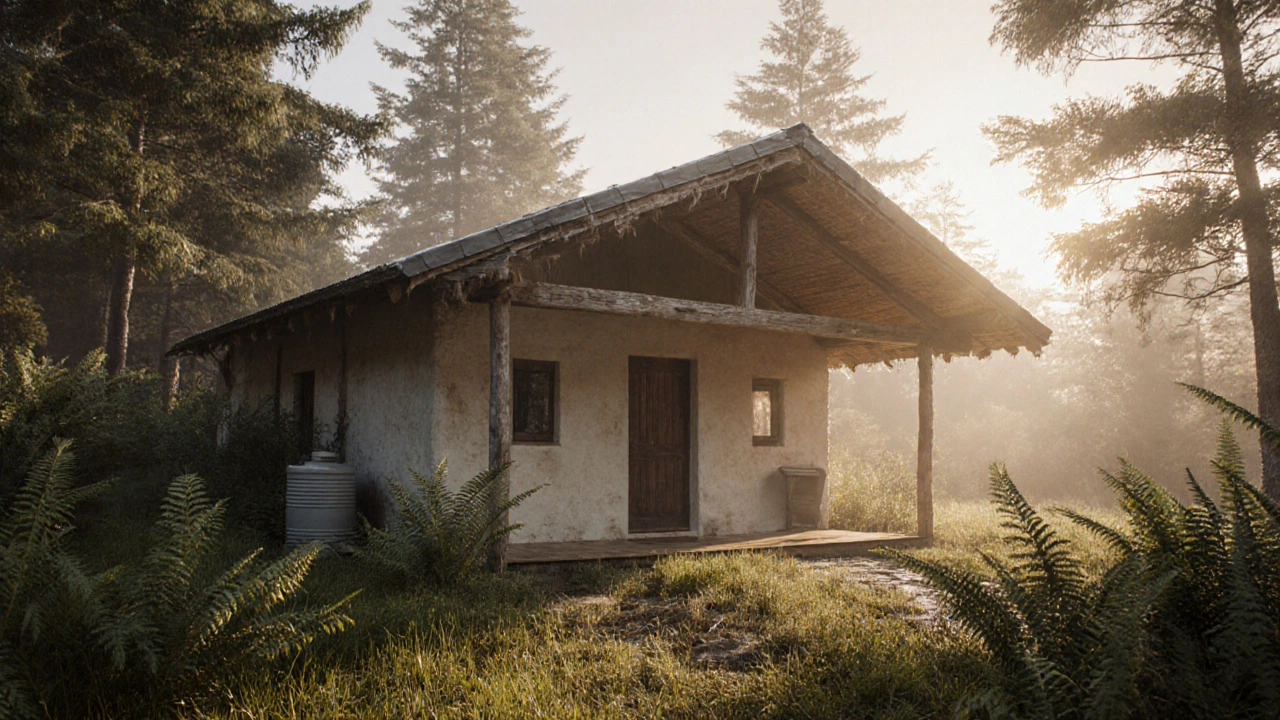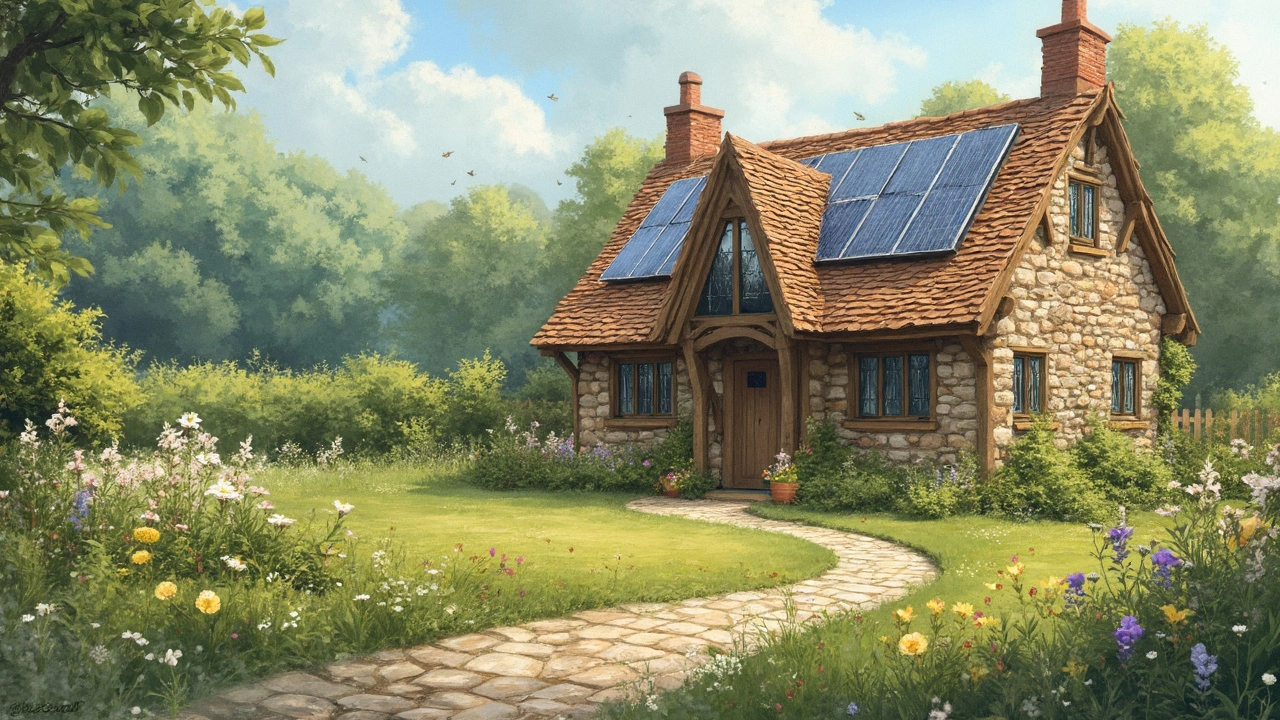Green Building Made Simple: Real Tips for Eco‑Friendly Homes
If you’re dreaming of a house that feels good to live in and doesn’t trash the planet, you’re in the right spot. Green building isn’t about pricey gadgets or crazy designs – it’s about making smart choices that save energy, cut waste, and keep your wallet happy.
Why Green Building Actually Matters
Every year the UK builds thousands of new homes, and a huge chunk of the carbon footprint comes from the materials and how the building uses energy. By picking greener options you lower heating bills, keep indoor air fresh, and help meet the country’s climate goals. Plus, eco‑friendly homes often resell for more because buyers value comfort and sustainability.
Practical Ways to Go Green Today
1. Choose the right materials. Look for responsibly sourced timber, recycled steel, or low‑embodied‑energy bricks. Avoid the culprits listed in our “Eco‑Unfriendly Building Materials” post – things like PVC, high‑VOC paints, and non‑recyclable insulation. Natural options such as hempcrete, straw‑bale, or reclaimed wood not only reduce waste but also add character.
2. Insulate like a pro. Good insulation is the cheapest way to slash heating costs. Aim for a continuous thermal envelope: loft insulation, wall cavity fill, and double‑glazed windows. If you’re building from scratch, consider airy‑gap wall systems that let the house breathe while staying warm.
3. Embrace renewable energy. Solar panels are now affordable for most homeowners, and a small wind turbine can make sense in windy rural spots. Pair them with a battery storage unit to keep the lights on when the sun sets. Even a solar water heater can shave a chunk off your energy bill.
4. Install efficient fixtures. Low‑flow taps, dual‑flush toilets, and LED lighting cut water and electricity use without sacrificing comfort. Your bathroom can stay luxurious – just swap the old toilet for a composting model if you’re feeling adventurous (see our “Do Glamping Tents Have Toilets?” guide for a quick intro).
5. Design for daylight. Large, south‑facing windows bring in natural light, reducing the need for artificial lighting. Use shading devices like eaves or brise‑soleil to keep summer heat at bay while letting winter sun warm the rooms.
6. Think about water. Harvest rainwater in barrels for garden irrigation or toilet flushing. Install a grey‑water system to reuse shower water for plants. These tweaks lower your water bill and give you a sense of independence.
7. Get certified. If you want proof of your green credentials, aim for BREEAM or Passivhaus standards. Even a simple Home Energy Rating (HER) audit can highlight low‑hanging fruit you might have missed.
All these ideas can fit a range of budgets. Start small – perhaps replace a few light bulbs and add insulation – then layer on bigger projects as funds allow. The key is to keep the momentum and treat each upgrade as a step toward a healthier home and planet.
Ready to start? Check out our “Sustainable Building: Eco‑Friendly Cottages That Actually Make a Difference” article for deeper dive into material choices and design tricks that work in real UK settings. Happy building!



